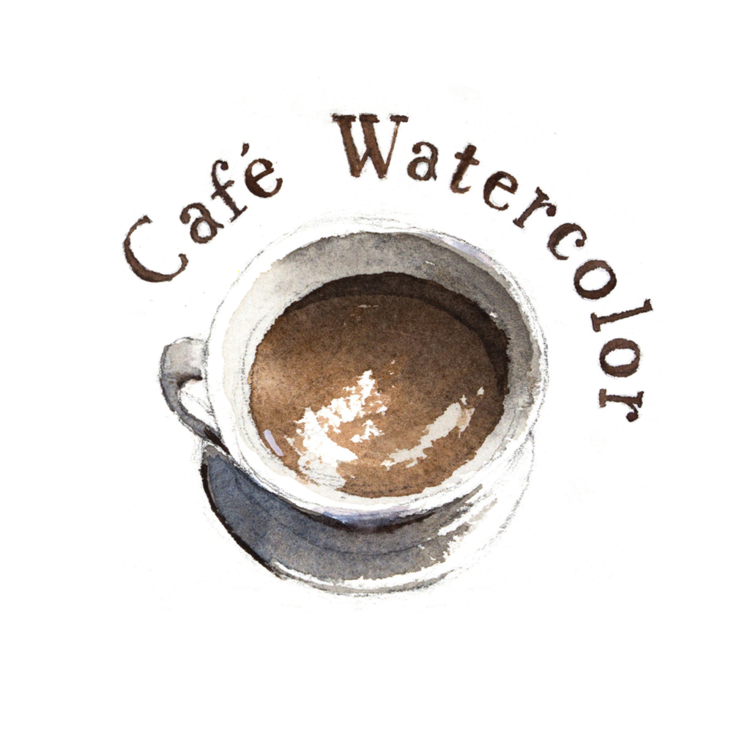Most people say night scenes are hard to achieve in watercolor. Or watercolor is not a good medium to paint a night scene. And I would agree. But it’s not impossible once you are aware of the important elements of a night scene. And today, I want to share those with you. Because watercolor is transparent in nature. We typically can’t paint light on top of the dark. So unlike oil, acrylic, or even digital painting. We can’t tone the surface to a dark value and add light on top. We need to paint the color of the light first, then paint the dark in. It’s a bit unnatural because most of the lights in a night scene are artificial lights that we switched on. So painting light feels more natural rather than paint the dark around it. While painting a night scene in watercolor feels a bit awkward, it can be done, and it can look pretty good if it works out. Here are the 3 things you want to know when painting a night scene.
Prepare lots of mixtures - Because the majority of the painting will be of dark value. And watercolor is transparent in its nature. You will need a lot more mixture to get good consistent coverage of dark value. It’s not that you can’t mix new mixtures on the fly, but you are running into the risk of the inconsistent mixture and getting dirty washes. That muddy color or cauliflower edges we don’t like to see in our painting? Yes, this is going to be twice as bad. Because if a thick wash is dry, and you try to go over it with a wet brush, the pigments are going to melt and muddy up the previous wash. So make sure you got a lot of dark mixtures ready. Squeeze out fresh new paint if you need to.
Push the warm and cool more - Most of the light colors at night are warm. Even if the light appears to be white, It usually looks better when it’s warmer. On the other hand, it’s better to make the dark environment cooler. This will just bring out the energy and the contrast between light and dark. This is mostly done in the first wash. I share the process in the video above.
Pick a simple subject and simplify it more - If you pick a scenery with many different complex light sources. You are going to have an uphill battle. Because you are going to worry too much about preserving different lights. While you can use stuff like masking fluid or use gouache to add some small lights back. Too many light sources can also be distracting. You usually want a bright major light source with some good objects getting lit by that. So just because you find a beautiful night scenery photo, doesn’t mean it’s suitable for painting.
Be sure to check out this week’s video, where I shared some more in-depth demos. Painting a night scene with watercolor is definitely not easy. Although it can be done, some people just might not like it. So if this is not your cup of tea, don’t force yourself to do it. But it’s always nice to try something new.
